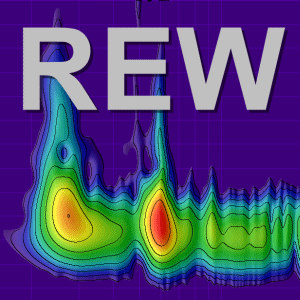BatHat
Registered
Thread Starter
- Joined
- Aug 2, 2025
- Posts
- 2
More
- Preamp, Processor or Receiver
- Steinberg UR44C
Hey!
I work in event technology and sometimes we get defective speakers in the workshop. Instead of listening for the fault, I would like to use REW more often.
One speaker distorts slightly. In the mdat file, I have named the speakers A and B. Could you possibly tell me which one might be defective based on the data and then explain why?
Both are the same type of speaker. Coaxial design. Measuring microphone directly in front of the speaker. Measured in an acoustically unfavorable booth.
Best regards, Bathat
I work in event technology and sometimes we get defective speakers in the workshop. Instead of listening for the fault, I would like to use REW more often.
One speaker distorts slightly. In the mdat file, I have named the speakers A and B. Could you possibly tell me which one might be defective based on the data and then explain why?
Both are the same type of speaker. Coaxial design. Measuring microphone directly in front of the speaker. Measured in an acoustically unfavorable booth.
Best regards, Bathat














